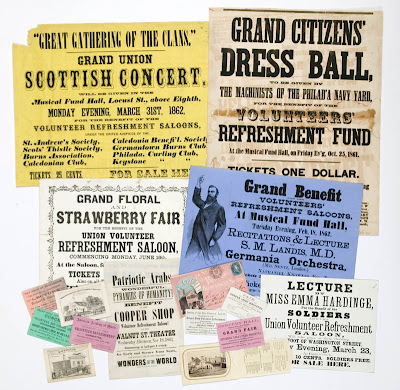
When and Why You Should Use Primary Sources:
Remember: Primary sources are the building blocks of historical research and should provide the foundation of your argument and interpretation, whereas secondary sources should inform and supplement the primary sources. Use your primary sources as evidence for answering your research question and write based on those sources, rather than “plugging them in” after the fact to bolster your argument. In short, primary sources should drive the paper, not the other way around.
 Newspapers and periodicals are useful because they can contain original reviews of works as well as earlier, serialized versions of works which may offer textual variations. Newspapers also provide accounts of what was occurring when the work was published. Ultimately, newspapers are invaluable for their immediacy, recording history as it happened.
Newspapers and periodicals are useful because they can contain original reviews of works as well as earlier, serialized versions of works which may offer textual variations. Newspapers also provide accounts of what was occurring when the work was published. Ultimately, newspapers are invaluable for their immediacy, recording history as it happened.
 Ephemera is useful because its sheer variety (posters, maps, advertisements, trade cards, programs, etc.) provides a glimpse into a historical period's cultural, economic, and social customs & traditions.
Ephemera is useful because its sheer variety (posters, maps, advertisements, trade cards, programs, etc.) provides a glimpse into a historical period's cultural, economic, and social customs & traditions.
The Libraries has hundreds of databases just focused on primary sources. Browse some of the following lists. Read the descriptions to choose a relevant source. Or, take a look at the primary sources organized by sub-type and/or region on the English Language & Literature guide, the History guide, or the Newspapers guide.
Many primary-source documents have been reproduced in books commonly held in research libraries. You can use Library Search to retrieve this material.